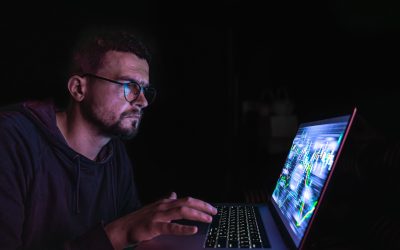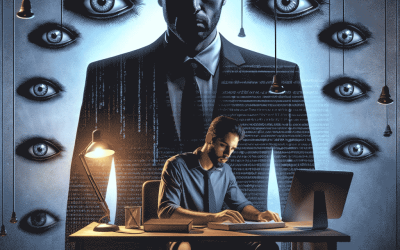Intrusions into videoconferences expose sensitive information and can sometimes have numerous repercussions, including diplomatic ones. A recent case in point is the leak from a WebEx videoconference. Here are the main types of online meetings to prioritise securing...
read more
“Bossware”: what is this software that spies on employees?
Bossware makes it possible to monitor an employee's activity remotely. The use of spyware is more widespread than you might think, especially since the advent of teleworking and AI. How can they be detected and what are the risks? What is bossware? Bossware" is...
“Bossware”: what is this software that spies on employees?
Bossware makes it possible to monitor an employee's activity remotely. The use of spyware is more widespread than you might think, especially since the advent of teleworking and AI. How can they be detected and what are the risks? What is bossware? Definition and...
How can we reinvent and secure remote working in 2023?
At a time when cyberthreats are intensifying, teleworking security needs to be strengthened within organisations.




